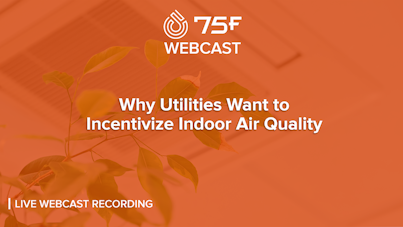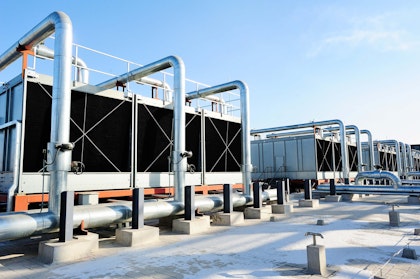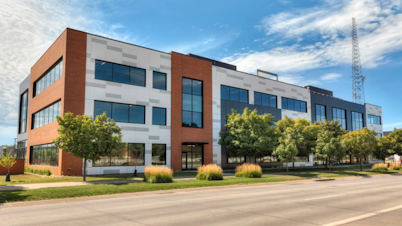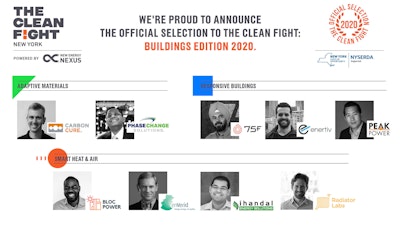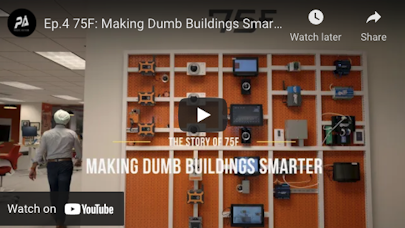
How to Form a Safer Reopening Plan & Avoid Common COVID-19 Myths
It’s been the better half of a year since COVID-19 first started to spread in China’s Wuhan City. Since then, buildings around the world shut down as governments enforced strict lockdowns that limited in-person interaction. All these months later, countless buildings remain unoccupied. Building owners that have reopened bear the fundamental responsibility of keeping their occupants as safe as possible.
Those in charge of their buildings’ reopening strategy may not know where to start — there are countless recommendations ranging from bipolar ionization and UV lights to filtration and enhanced ventilation cluttering the conversation. It's natural to wonder which strategies are actually effective, and whether a building needs every single proposed solution to be safe.
We’ve compiled a list of trusted resources for reopening guidance pertaining to commercial buildings in multiple industries. Read on for a summary of the first resources you should look to when creating a comprehensive reopening strategy.
CDC
The Centers for Disease Control and Prevention (CDC) is the leading U.S. authority on infectious disease prevention indoors, particularly when it comes to internal processes, hazard assessments, sanitization, mask use, and social distancing.
The CDC has a range of resources for building owners looking to reopen, including a Resuming Business Toolkit. This document offers step-by-step guidance for reopening, starting with topics such as hygiene, and ramping up to more complicated tasks, including altering your HVAC system to bring in more outside air.
If your building has been empty for an extended period of time, walk through the CDC's strategy for readying your space after a prolonged shutdown.
Not every building is the same and requires different operational strategies. The CDC recognizes this and has detailed guides for specific industries, including schools, places of worship, and medical facilities. See below for links to industry guides:
ASHRAE
Medical experts around the world point to growing evidence that COVID-19 is an airborne virus, meaning building occupants can become infected simply by breathing in enough viral particles floating in the air.
The American Society of Heating, Refrigerating and Air-Conditioning Engineers (ASHRAE) has released HVAC control guidance on the premise that there is enough evidence of airborne transmission to take action against that mode of infection. To do this, ASHRAE recommends increasing the amount of outdoor air (OA) inside your building, coupled with upping ventilation rates to better dilute the viral load indoors.
This can be done manually, but facility managers with multiple buildings in their portfolio will find that building automation systems can drastically ease the burden of fulfilling this guidance. 75F Epidemic Mode™ automates HVAC control guidelines from the CDC and ASHRAE and tailors operation to the weather and your specific equipment types, saving building owners from equipment damage and excessive costs.
See below for a few handy ASHRAE reopening resources that outline control guidelines in detail:
REHVA
The Federation of European Heating, Ventilation and Air Conditioning Associations is the European equivalent of ASHRAE. Like ASHRAE, guidance from REHVA includes altering equipment to bring in more outside air.
Guidance from this organization is especially applicable because the European Union has had a longer exposure to COVID-19, as well as many early successes in controlling infections after reopening.
Consider these resources from REHVA when thinking about your HVAC strategy:
It's important to continuously check up on these trusted resources as a baseline for best practices in your building during the pandemic. Wondering about specific mitigation strategies like ionizers? Look to these resources as a reference first — strategies like ionization are yet unproven and can be dangerous to implement without adequate research.

